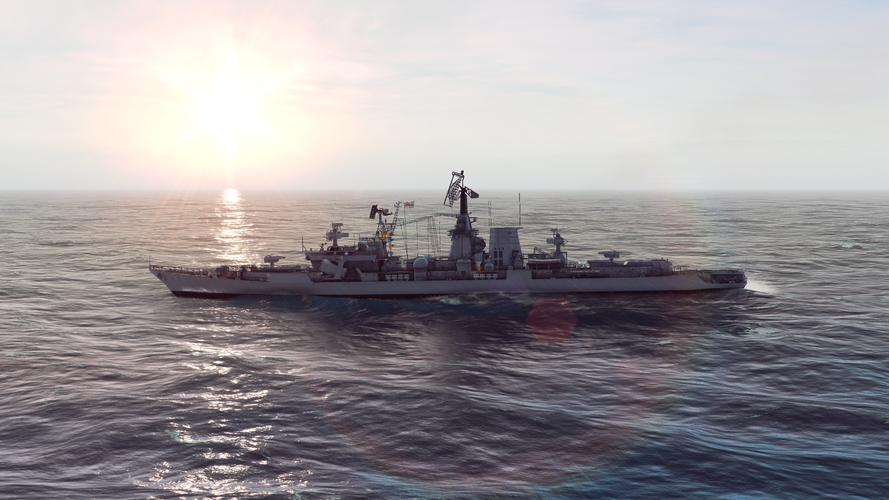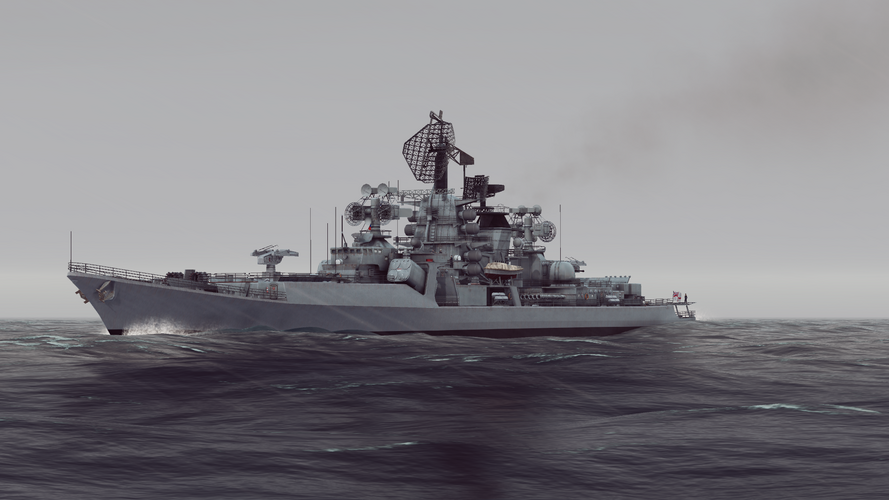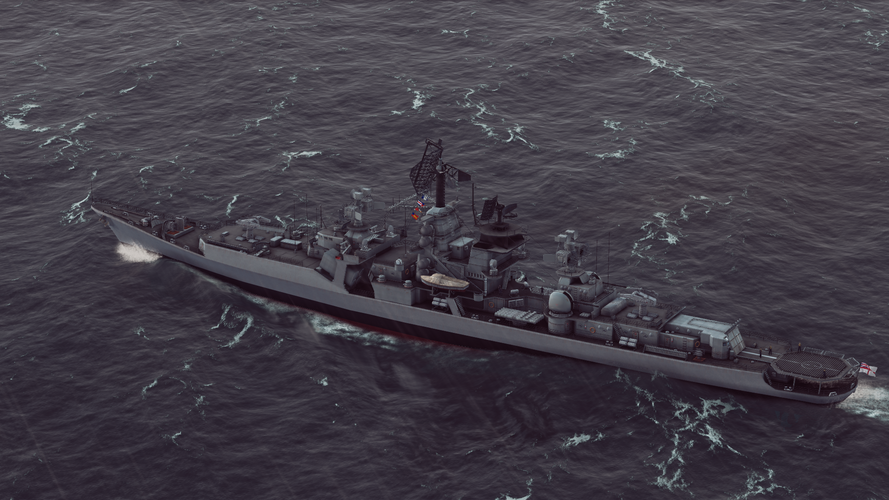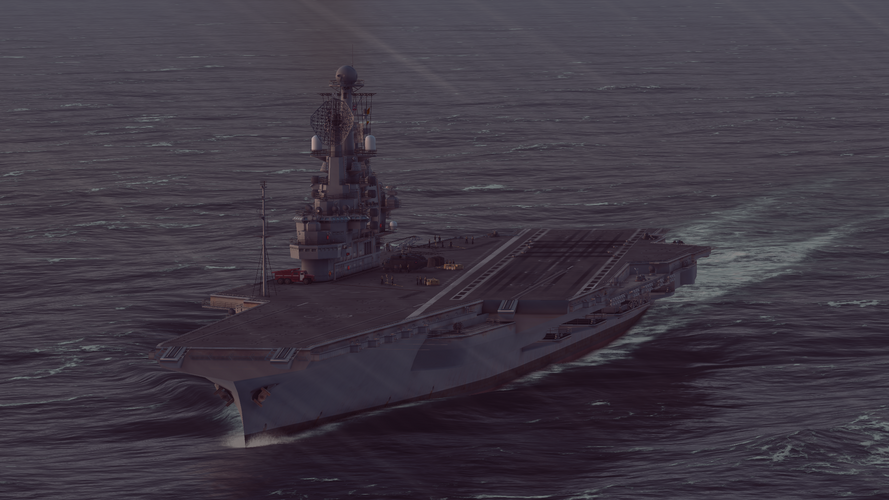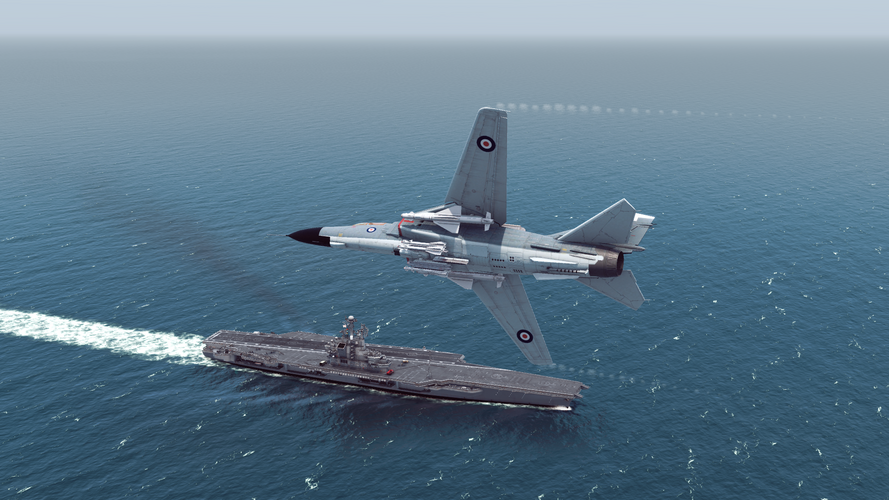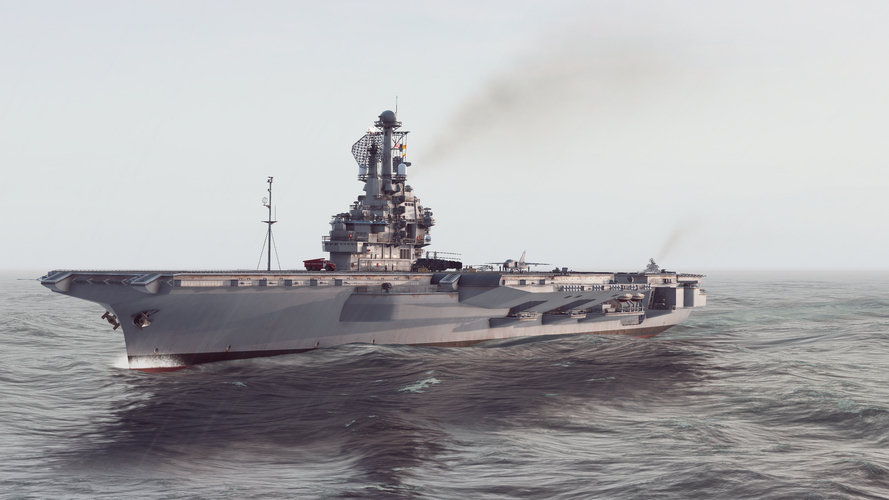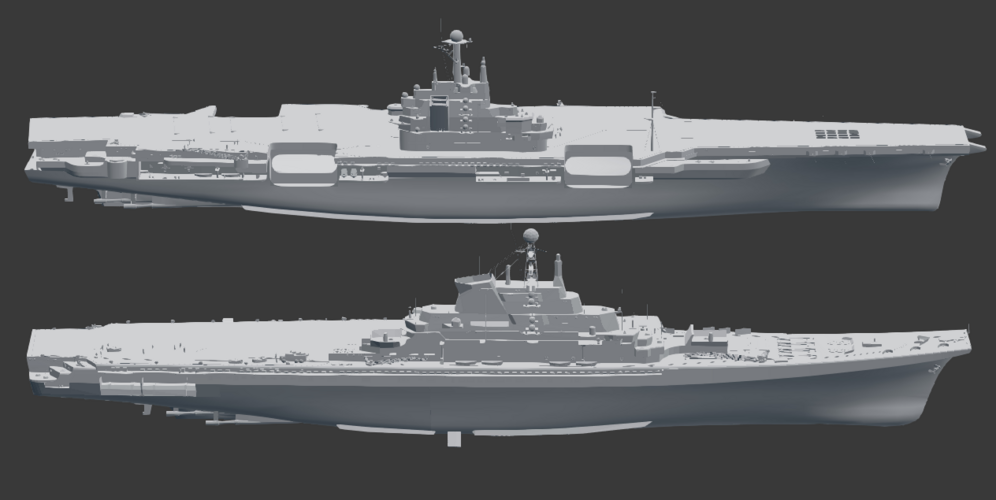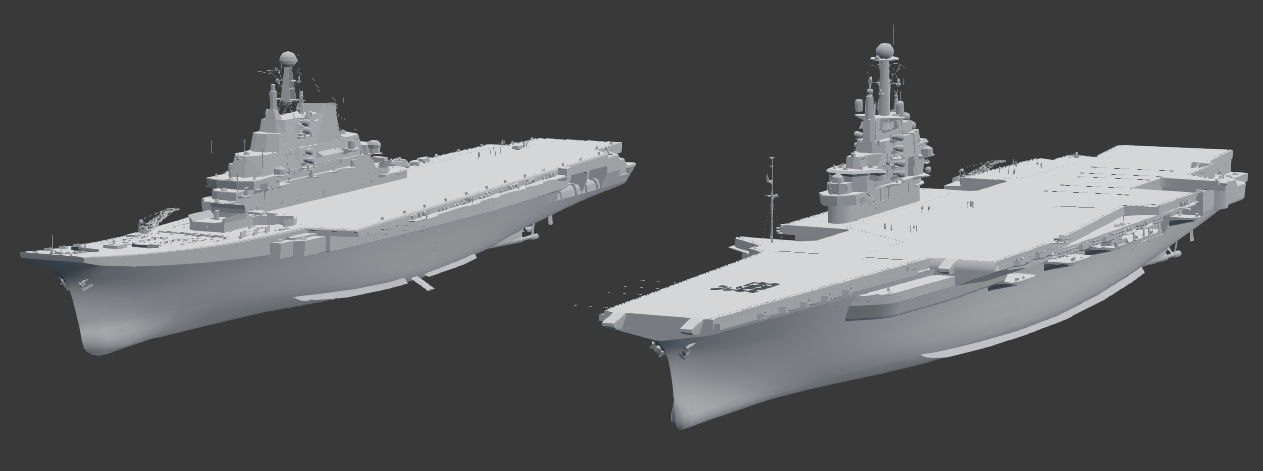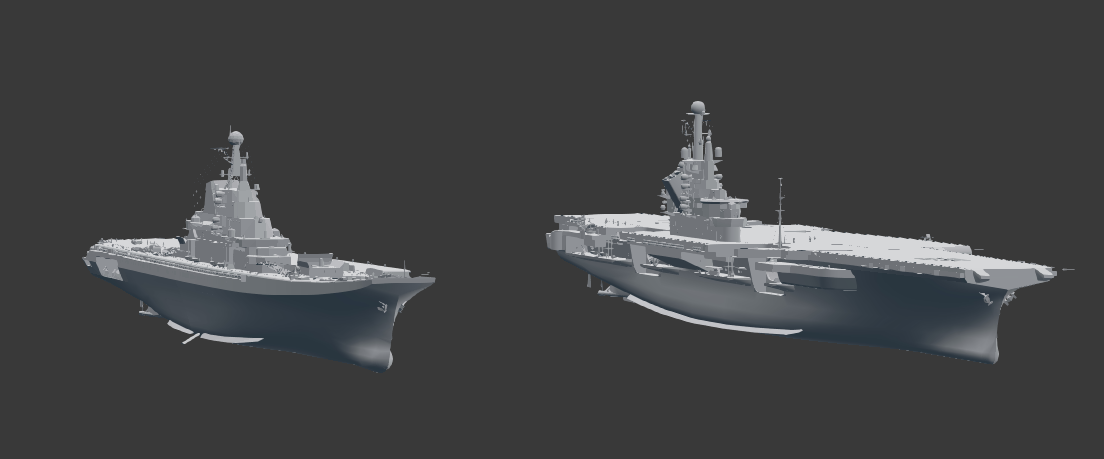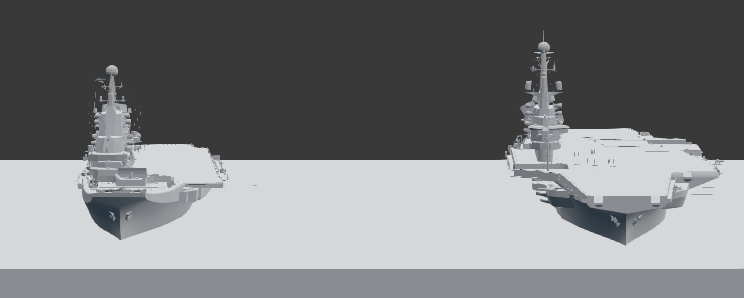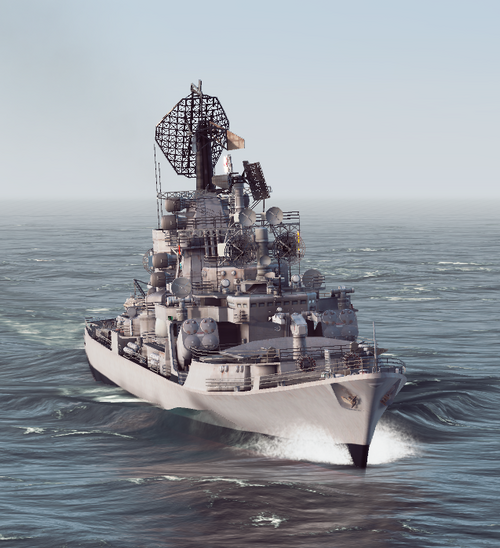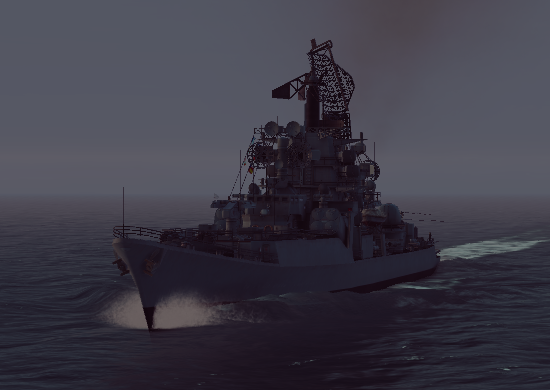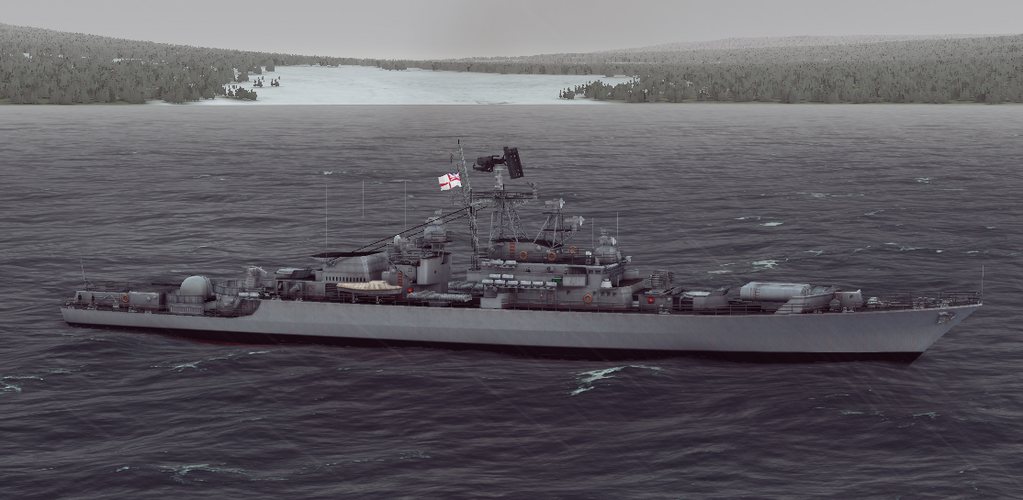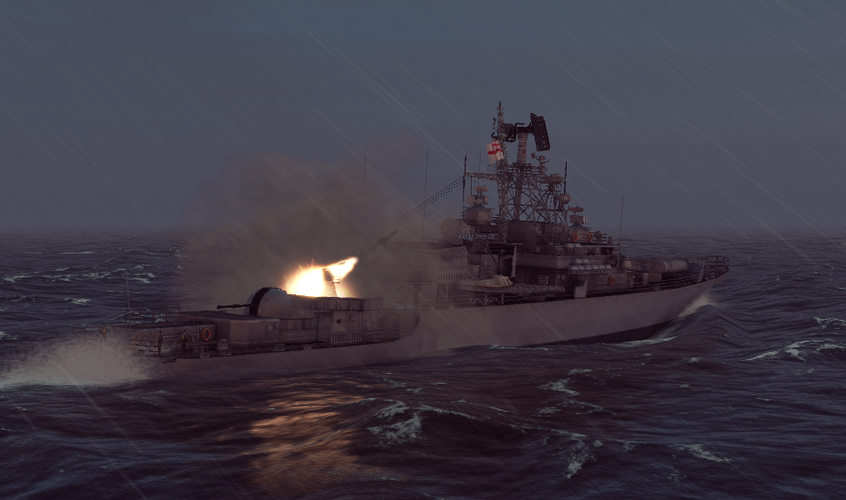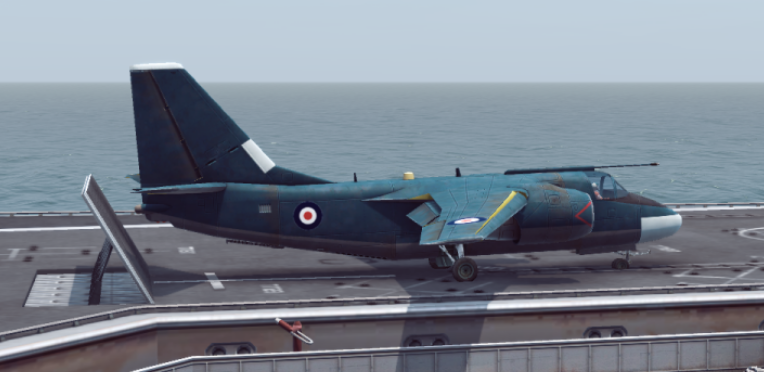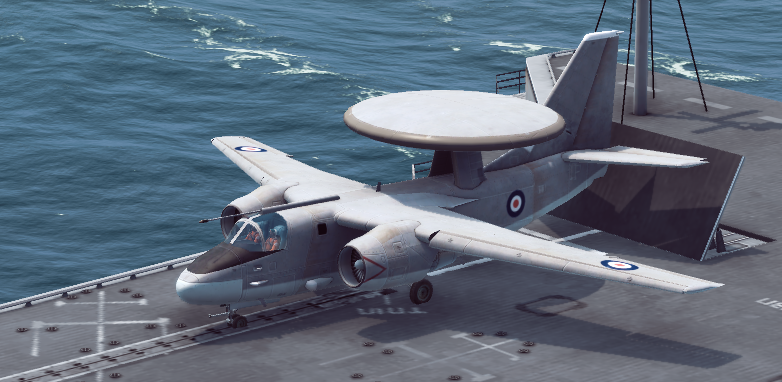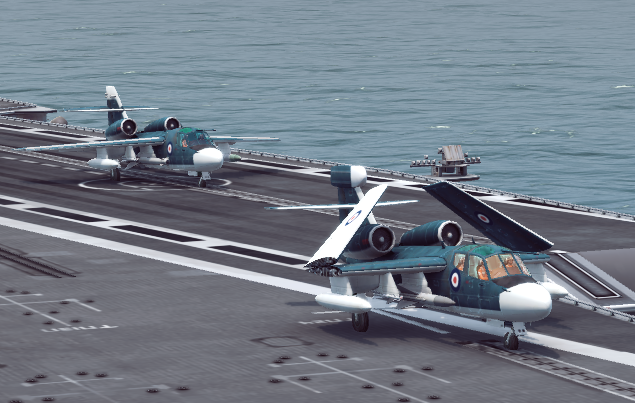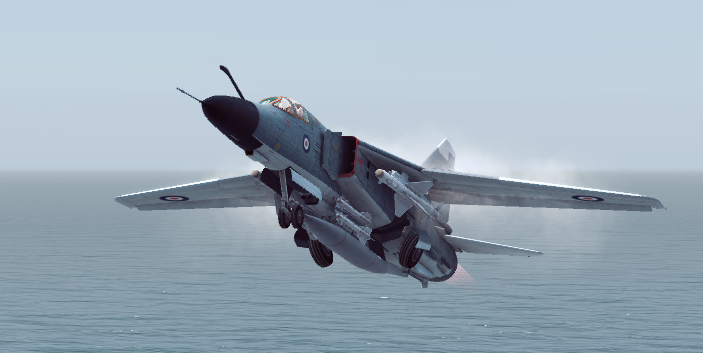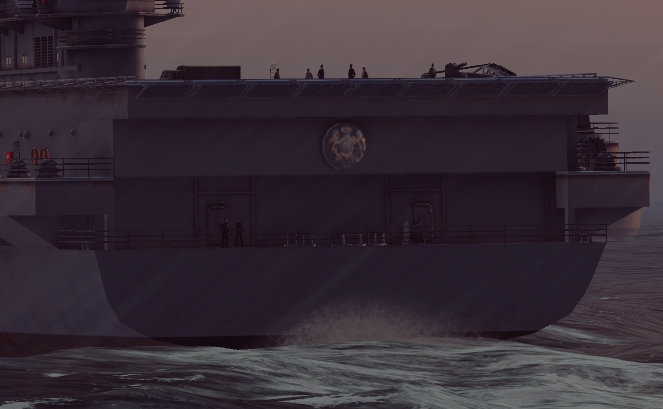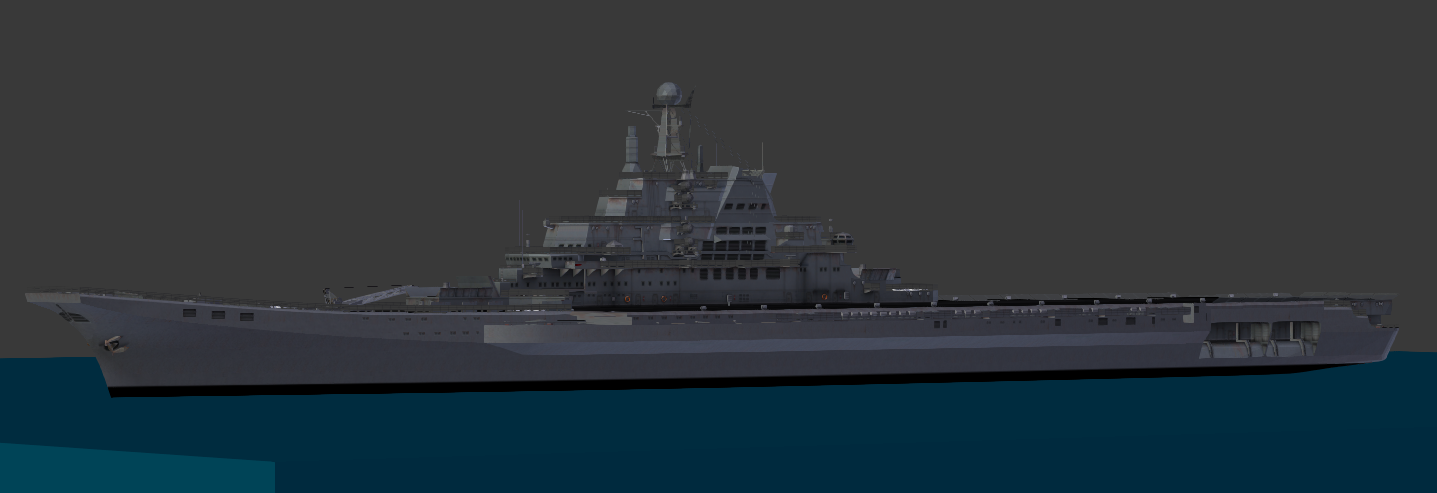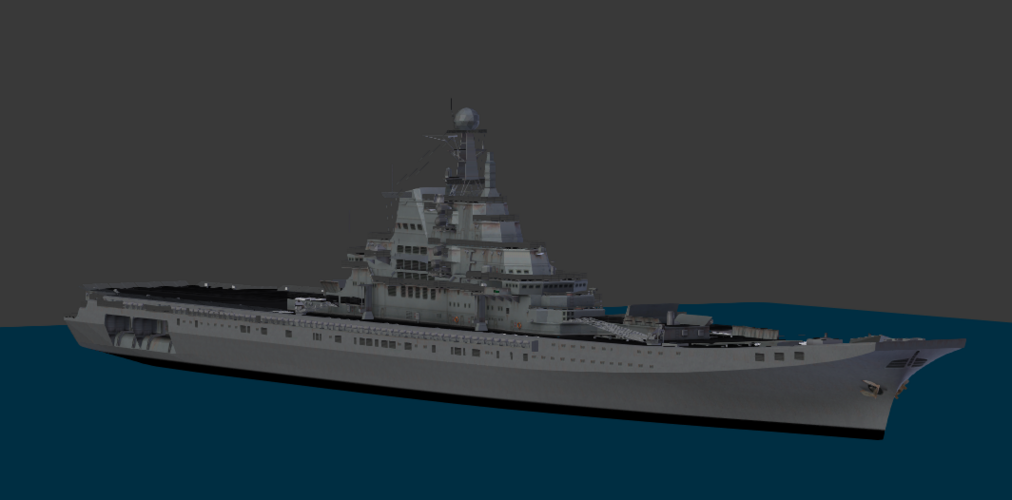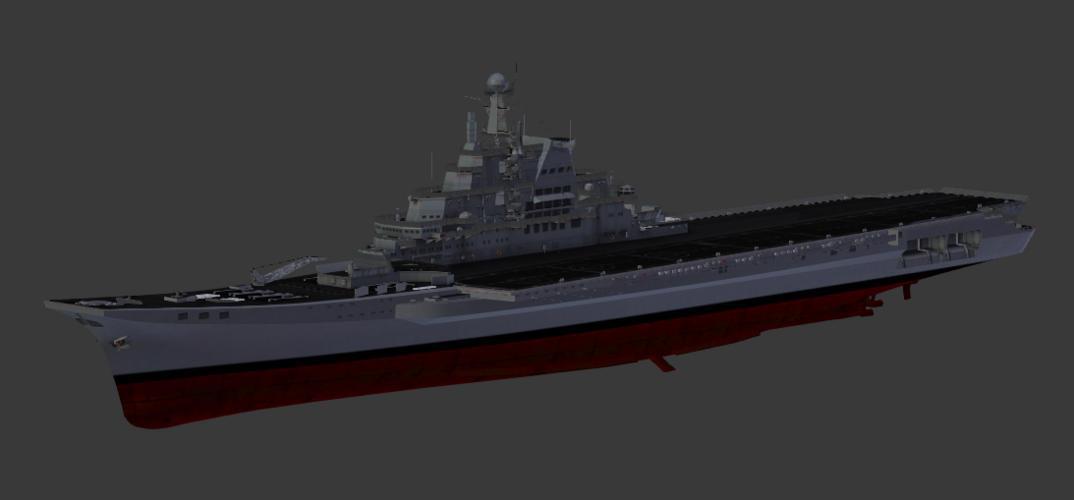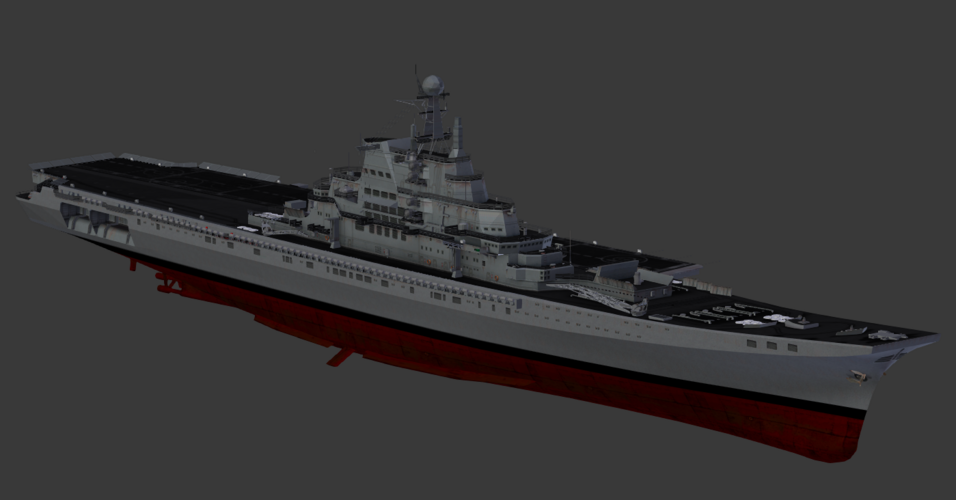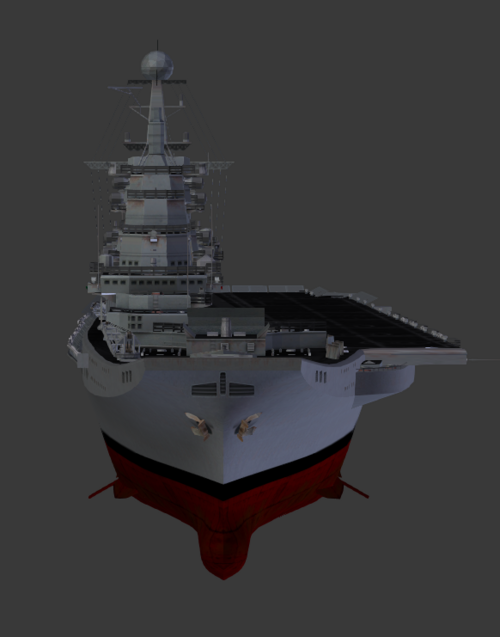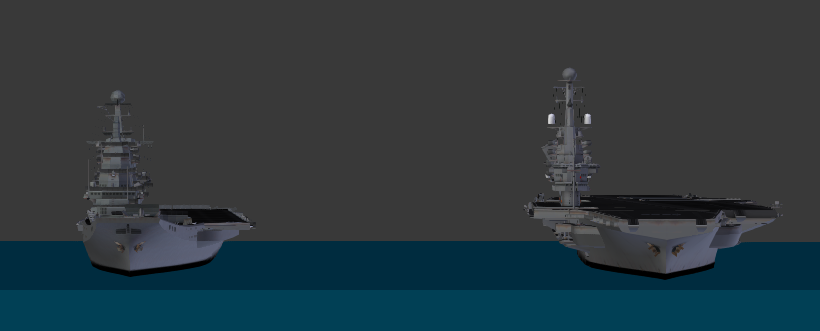It probably is a somewhat strange topic, more of a mental and visual experiment than anything else (feel free to move it to artwork, if it's more appropriate there).
In some sense my primary "enemy" in envisioning this setting is the 1966 Defense Review, which I want to circumvent and reverse as much as possible.
UPD 3:
The administration requests we keep as much to technical aspects as possible.
The primary scope therefore is warship and aircraft fleet planning, strategic considerations, technology transfer options within the 1966-1990 period.
UPD 2:
This started as a discussion about the options for Royal Navy, but quickly slid into military and civil aviation, etc. as well, so let's consider it a thread about a general half-dystopian vision of Britain - as United Kingdom - that after the Suez crisis ended up on the other side of the Iron Curtain.
UPD 1:
Please note:
What I have in mind is more or less a navy planning exercise. I want to compile something feasible on the basis of real plans, alternative inventory and setting certain geopolitical environment conditions to frame it. And the most basic question is - how would the Royal Navy look, if, for some completely irrelevant reason, Britain was playing for the Red team instead of Blue during the Cold War, starting around 1960.
The origins of the idea, though, were purely aesthetic, and driven by initial constraints placed by the current state of Sea Power computer game.
I really wanted to play with British ships. Alas, there were none.
But it is my impression that the Cold War era British design school, both industrial and military, was in most aspects closer to Soviet style than the US, and I technically could imagine that a sufficiently repainted Kara-class cruiser (project 1134b) looks somewhat close to overblown Type 23 or early variants of Type 43 destroyer
And that was the start point.
The problem was to justify this, so for the background I thought - what if the cooperation Britain had with the US was replaced by totally identical cooperation, but with the USSR?
Let's say following Suez crisis Britain packs and flips to the East. For the sake of stability, everything stays more or less the same - the Queen, the Parliament, the Lords (that slowly mutate into Central Committee), but in the result it becomes "an unsinkable red aircraft carrier in the middle of the Atlantic". Austerity stays for longer, and in the spirit of the Russian Reversal (in Soviet Britain the Navy economizes on you) the whole military gets a boost and (oh the irony) the overseas commitments that the US was so eager to take over are actually increased.
In short, it's something between a dream and a nightmare for a British admiral - you get what you want, but there is a price.
Then it went faster.
Frantically flipping through D.K. Brown's book, I drew a list of tentative names for ships, airplanes and systems in British service. So 1134b becomes Type 84 cruiser (as follow up for Type 82 Bristol), 1155 (Udaloy) - Type 24 frigate, and Kiev replaces Invincible on steroids. Harrier is still there (but uses Soviet weapons), but instead of Sea Kings there are now Ka-27s.

Harrier


Type 24

Mig-23 -> HS Harpy (RAF)

Mig-23A -> HS Harpy (RN)

Su-24MK -> Panavia (with DDR, of course) Condor
Initially I thought I won't need two relatively similar ships, having already converted the Kara to a primary air-defense cruiser.
Historically, in the USSR, the Kresta-2 (1134A) came before the Kara (1134B), and Kara contained all kinds of additional systems and improvements.
But I am painting Britain, and a very special version of Britain at that, and the British logic dictates that having built several ships of the 1134B project, the Admiralty becomes acutely aware of the involved expenses and requires a smaller, more compact and economical variant, which cuts the close-range air defense and the towed array (because those are moved to the specialized ASW frigates) and results in smaller hull with much smaller crew.
This closely mirrors the story of Bristol and Type 42 destroyers in real world, so in our version of Britain the Kresta-2, sorry, the Type 44 Air Defense Destroyer, will be built after the Type 84, and carry the same electronics, missiles, etc., sans the removed capabilities.
I can imagine the discussions in stuffy London offices quite vividly, in that Sir Humphrey's drawl -
"We are building modern and spacious frigates, whatever we need those enormous cruisers for? Can't we have something... smaller? Oh, and you can put the radar on the funnel and cut the length, why on earth haven't you said so before?"
From operational standpoint, the Type 44 is a direct parallel of real-world Type 42, a ship built around a long-range air defense system, but with certain resemblance of Type 12 frigates I somehow like to imagine that in that reality the TV series Warship would have been filmed aboard several ships of this class.
Up to this point it was mostly repaints and shifting of weapon/sensor systems here and there.
Then I found that it's actually possible to edit the models, but I was too deep in this already, so I took the 1160 carrier and -
With this carrier replacing the CVA-01, I assume the 1143 (Kiev) would make a fitting alternative for the Escort Cruiser program, and of course in my version of Britain the ship would easily grow from 15kt to around 40, and would be developed in the same cooperation with Soviet counterparts, as the carrier above.
The hull is a combination between British and Soviet forms (forward half is purely enlarged Colossus, aft run is Soviet, as it's their engine group). The flare of the bow is increased in a provision for potential quick removal of the missile armament and replacement with a conventional flight deck with a ski-jump (fitted for, but not with). Artillery is removed, the fore turret replaced with an additional twin Bazalt (Sea Boar) launcher, bringing the broadside to 10 missiles, and aft turret replaced by SA-N-9 (Sea Arrow) missile containers. The S-300 (Sea Serpent) remains in place, just as Sea Dart on Invincible.
In - as I mentioned above - a case of Russian Reversal, this reality dictates an increase of East-of-Suez deployments, for which those ships, classified as "command cruisers" would be mostly dedicated, they would make a frequent and common sight in tropical waters - countering US carrier groups, delivering the will of the Queen and the Secretary General to the third world countries, before the inevitable showdown in the icy gray waters of South Atlantic.
In some sense my primary "enemy" in envisioning this setting is the 1966 Defense Review, which I want to circumvent and reverse as much as possible.
UPD 3:
The administration requests we keep as much to technical aspects as possible.
The primary scope therefore is warship and aircraft fleet planning, strategic considerations, technology transfer options within the 1966-1990 period.
UPD 2:
This started as a discussion about the options for Royal Navy, but quickly slid into military and civil aviation, etc. as well, so let's consider it a thread about a general half-dystopian vision of Britain - as United Kingdom - that after the Suez crisis ended up on the other side of the Iron Curtain.
UPD 1:
Please note:
What I have in mind is more or less a navy planning exercise. I want to compile something feasible on the basis of real plans, alternative inventory and setting certain geopolitical environment conditions to frame it. And the most basic question is - how would the Royal Navy look, if, for some completely irrelevant reason, Britain was playing for the Red team instead of Blue during the Cold War, starting around 1960.
The origins of the idea, though, were purely aesthetic, and driven by initial constraints placed by the current state of Sea Power computer game.
I really wanted to play with British ships. Alas, there were none.
But it is my impression that the Cold War era British design school, both industrial and military, was in most aspects closer to Soviet style than the US, and I technically could imagine that a sufficiently repainted Kara-class cruiser (project 1134b) looks somewhat close to overblown Type 23 or early variants of Type 43 destroyer
And that was the start point.
The problem was to justify this, so for the background I thought - what if the cooperation Britain had with the US was replaced by totally identical cooperation, but with the USSR?
Let's say following Suez crisis Britain packs and flips to the East. For the sake of stability, everything stays more or less the same - the Queen, the Parliament, the Lords (that slowly mutate into Central Committee), but in the result it becomes "an unsinkable red aircraft carrier in the middle of the Atlantic". Austerity stays for longer, and in the spirit of the Russian Reversal (in Soviet Britain the Navy economizes on you) the whole military gets a boost and (oh the irony) the overseas commitments that the US was so eager to take over are actually increased.
In short, it's something between a dream and a nightmare for a British admiral - you get what you want, but there is a price.
Then it went faster.
Frantically flipping through D.K. Brown's book, I drew a list of tentative names for ships, airplanes and systems in British service. So 1134b becomes Type 84 cruiser (as follow up for Type 82 Bristol), 1155 (Udaloy) - Type 24 frigate, and Kiev replaces Invincible on steroids. Harrier is still there (but uses Soviet weapons), but instead of Sea Kings there are now Ka-27s.
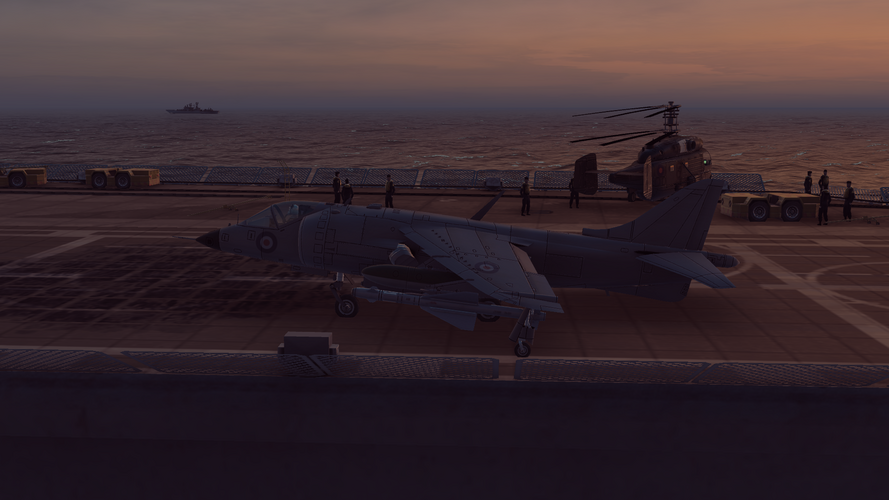
Harrier
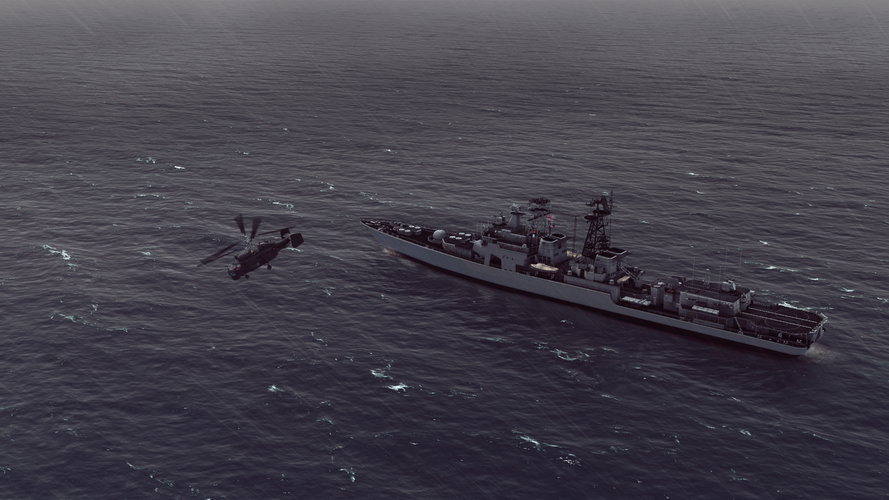
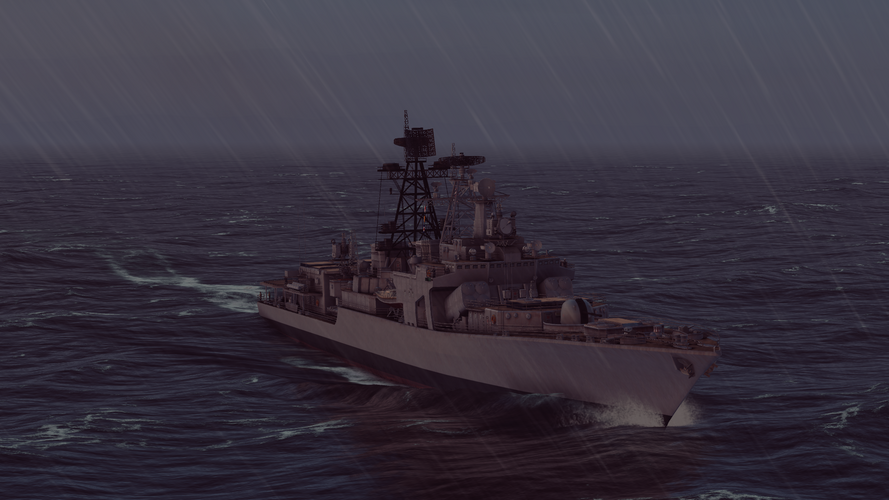
Type 24
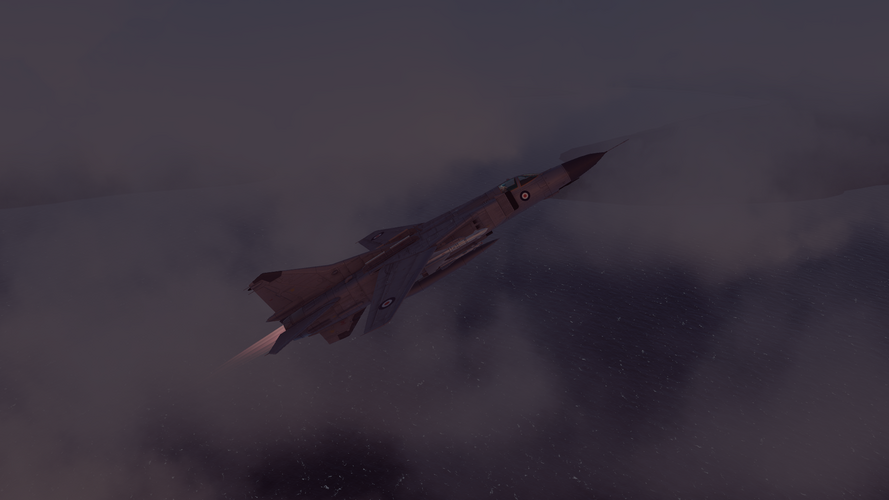
Mig-23 -> HS Harpy (RAF)
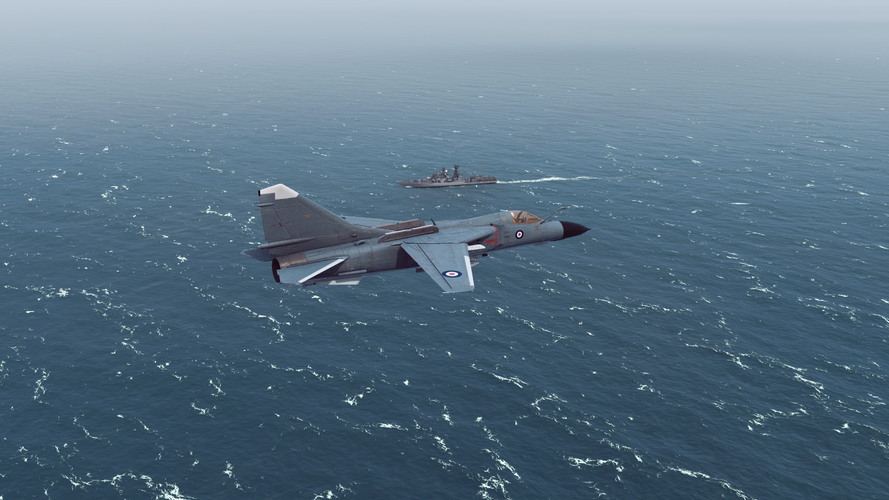
Mig-23A -> HS Harpy (RN)
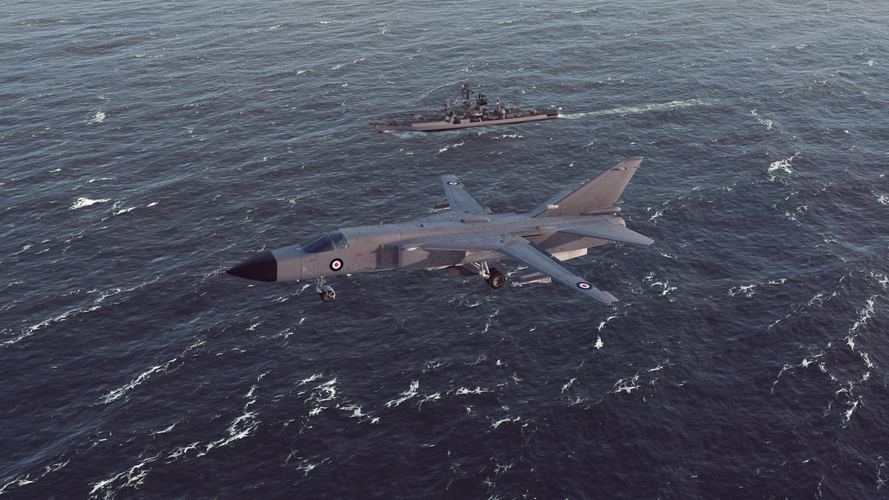
Su-24MK -> Panavia (with DDR, of course) Condor
Initially I thought I won't need two relatively similar ships, having already converted the Kara to a primary air-defense cruiser.
Historically, in the USSR, the Kresta-2 (1134A) came before the Kara (1134B), and Kara contained all kinds of additional systems and improvements.
But I am painting Britain, and a very special version of Britain at that, and the British logic dictates that having built several ships of the 1134B project, the Admiralty becomes acutely aware of the involved expenses and requires a smaller, more compact and economical variant, which cuts the close-range air defense and the towed array (because those are moved to the specialized ASW frigates) and results in smaller hull with much smaller crew.
This closely mirrors the story of Bristol and Type 42 destroyers in real world, so in our version of Britain the Kresta-2, sorry, the Type 44 Air Defense Destroyer, will be built after the Type 84, and carry the same electronics, missiles, etc., sans the removed capabilities.
I can imagine the discussions in stuffy London offices quite vividly, in that Sir Humphrey's drawl -
"We are building modern and spacious frigates, whatever we need those enormous cruisers for? Can't we have something... smaller? Oh, and you can put the radar on the funnel and cut the length, why on earth haven't you said so before?"
From operational standpoint, the Type 44 is a direct parallel of real-world Type 42, a ship built around a long-range air defense system, but with certain resemblance of Type 12 frigates I somehow like to imagine that in that reality the TV series Warship would have been filmed aboard several ships of this class.
Up to this point it was mostly repaints and shifting of weapon/sensor systems here and there.
Then I found that it's actually possible to edit the models, but I was too deep in this already, so I took the 1160 carrier and -
With this carrier replacing the CVA-01, I assume the 1143 (Kiev) would make a fitting alternative for the Escort Cruiser program, and of course in my version of Britain the ship would easily grow from 15kt to around 40, and would be developed in the same cooperation with Soviet counterparts, as the carrier above.
The hull is a combination between British and Soviet forms (forward half is purely enlarged Colossus, aft run is Soviet, as it's their engine group). The flare of the bow is increased in a provision for potential quick removal of the missile armament and replacement with a conventional flight deck with a ski-jump (fitted for, but not with). Artillery is removed, the fore turret replaced with an additional twin Bazalt (Sea Boar) launcher, bringing the broadside to 10 missiles, and aft turret replaced by SA-N-9 (Sea Arrow) missile containers. The S-300 (Sea Serpent) remains in place, just as Sea Dart on Invincible.
In - as I mentioned above - a case of Russian Reversal, this reality dictates an increase of East-of-Suez deployments, for which those ships, classified as "command cruisers" would be mostly dedicated, they would make a frequent and common sight in tropical waters - countering US carrier groups, delivering the will of the Queen and the Secretary General to the third world countries, before the inevitable showdown in the icy gray waters of South Atlantic.
Last edited:

